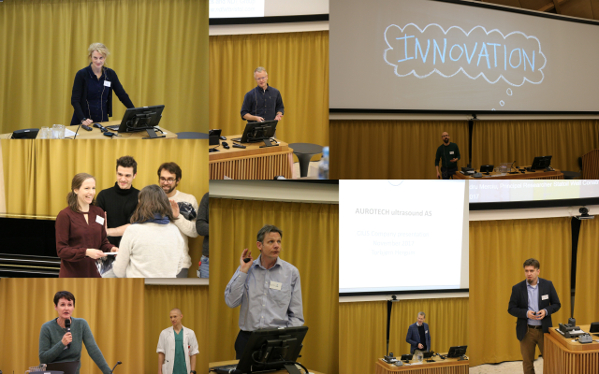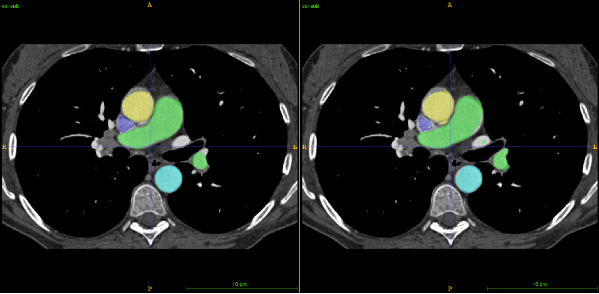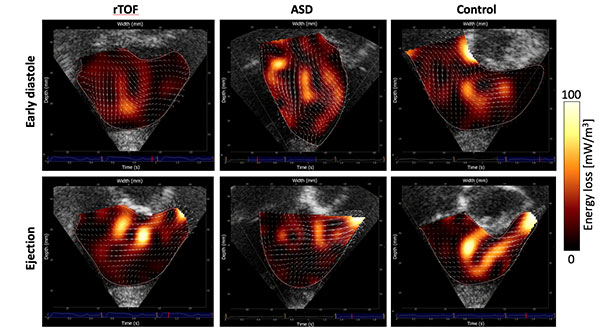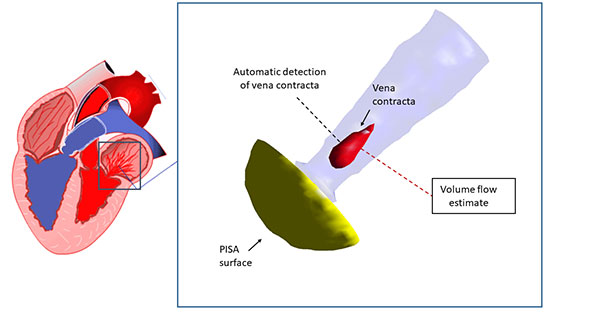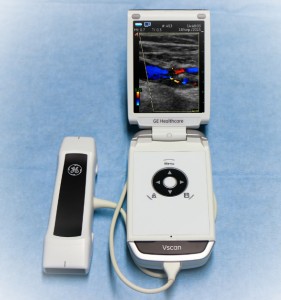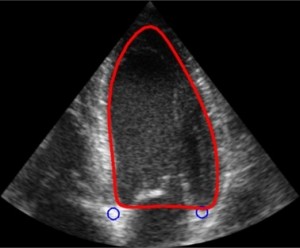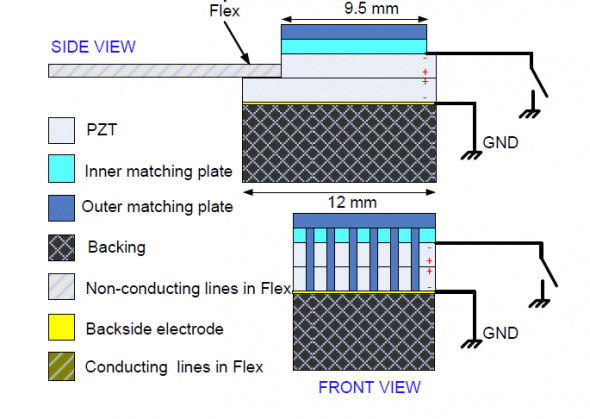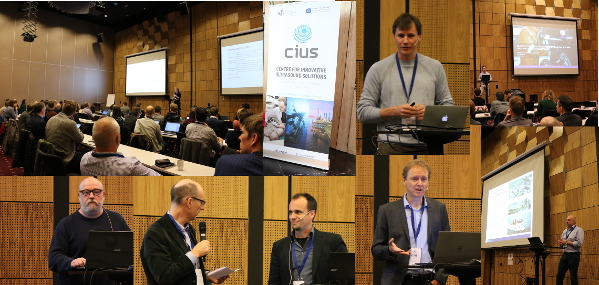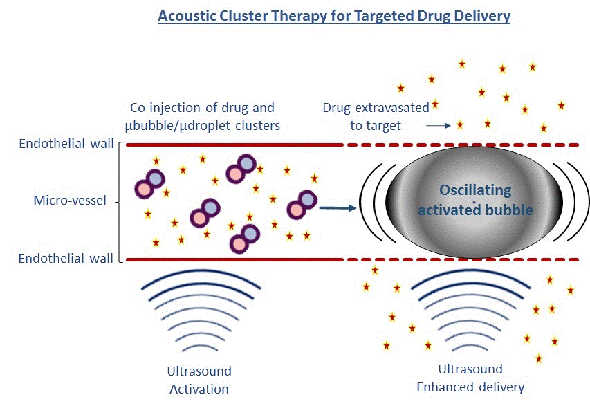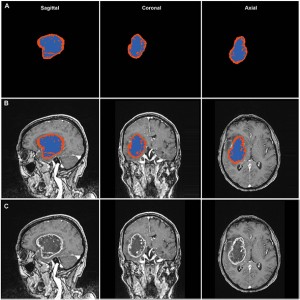Innovations in ultrasound – CIUS Fall Conference Day 2017
Innovation was the main topic at the Fall Conference Day for the Centre for Innovative Ultrasound Solutions (CIUS). Invited guest speakers, industry partners and CIUS researchers presented the latest, and coming, technology and applications within ultrasound. CIUS industry partners Aurotech Ultrasound AS opened the conference…
Automatic lung cancer staging using CT data
For patients suffering from lung cancer, the diagnosis phase is crucial in order to select the best course of action and predict both outcome and survival expectancy. At the same time, the diagnosis is solely based on one CT data and relies heavily on the…
Blood flow secrets in small hearts
Using a new ultrasound technique, we have been able to visualize and measure how efficiently blood flows through the heart chambers in young children with congenital heart disease. We studied 37 children aged two weeks to 10 years, and among the 26 children, which had congenital heart disease, we found less efficient hearts, meaning they use more energy than a normal heart.
Leaky heart valves – new method for quantification by ultrasound
A leaky heart valve, termed valvular regurgitation, causes some of the blood to flow in the wrong direction. It is one of two major features in valvular heart disease. The patient’s symptoms and prognosis depend heavily on the amount of leakage, which usually is determined…
Pocket-sized ultrasound helps screen stroke patients
When stroke patients are admitted to hospital, the main arteries in the neck are checked for blockages as this is a major cause for blood-clots and stroke. Today, these examinations are done using time-consuming and costly procedures. At NTNU, we have found that using a…
Ultrasound automation simplifies detection of heart failure
Using an application developed at NTNU, helps physicians detect more patients with reduced heart function when assessing heart pump function in patients with suspected heart failure using ultrasound. Heart failure is a common disease among the elderly. Increased use of ultrasound of the heart or…
One probe, two frequencies – numerical optimization of dual-frequency transducers
At the heart of any ultrasound system, lies the transducer. The transducer is used for applications ranging from creating images of foetuses and disintegrating kidney stones (lithotripsy), to detecting cracks in gas pipes. Without it, the world at large would be a different place. See…
Ultrasound – a cross-sector solution
Cracks, unevenness, leakages, or speed and direction of liquid flows in vessels or pipes, hearts or pumps, are challenges faced by people in healthcare, oil & gas and the maritime sector. At the Centre for Innovative Ultrasound Solutions (CIUS), we work on improving ultrasound technology…
Microbubbles and focused ultrasound cure tumours in mice
A prerequisite for successful chemotherapy is that the drugs reach its target, and that damage to healthy tissue is limited. However, when drugs are injected into the blood, less than 1% of the drugs accumulate in tumours. Microbubbles combined with focused ultrasound shows great promise…
Can the growth rate of brain tumours help predict survival?
Glioblastomas are tumours that originate from brain tissue. It is both the most common and most aggressive type of brain tumour. The median survival at group level is only 10 months for glioblastoma patients in Norway, but it is difficult to predict how long an…

